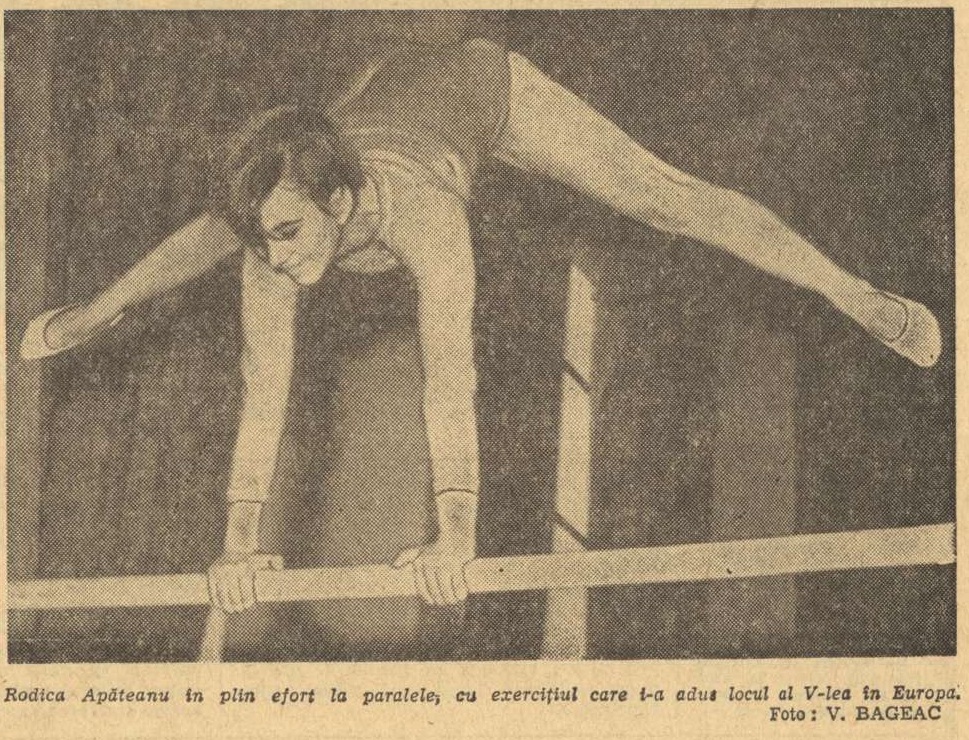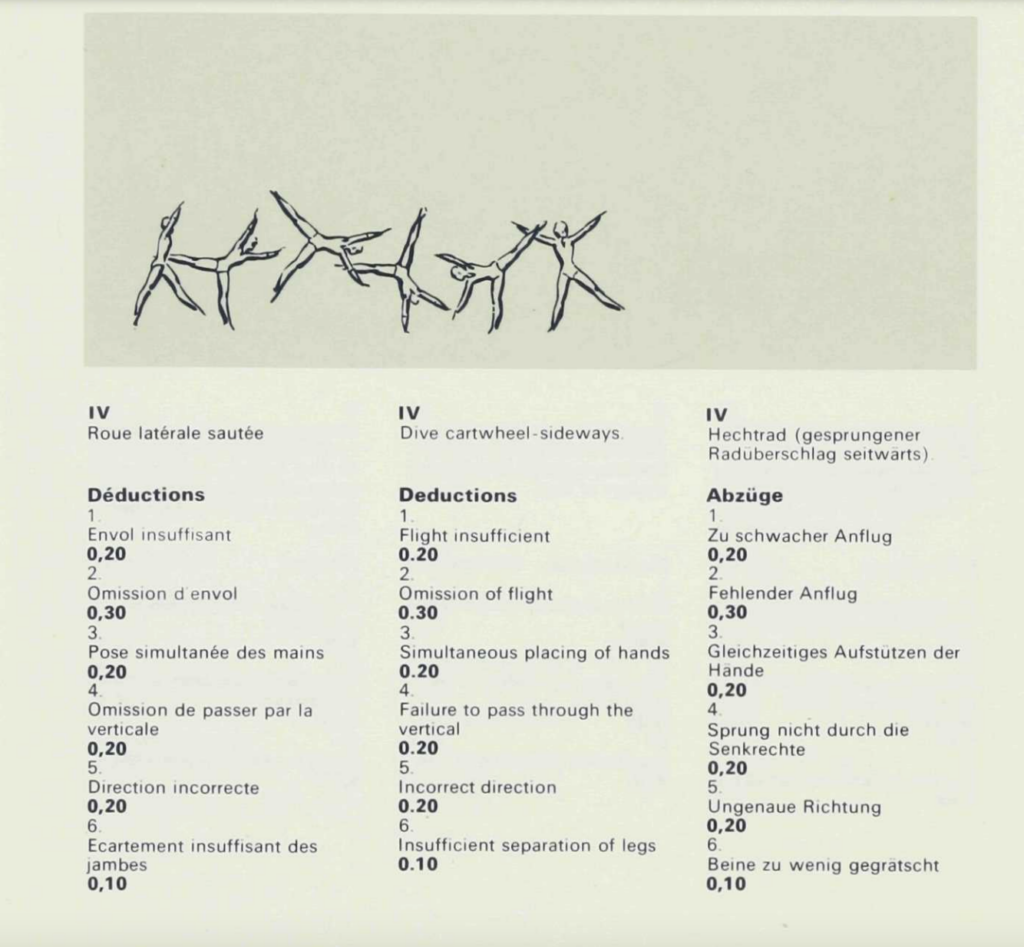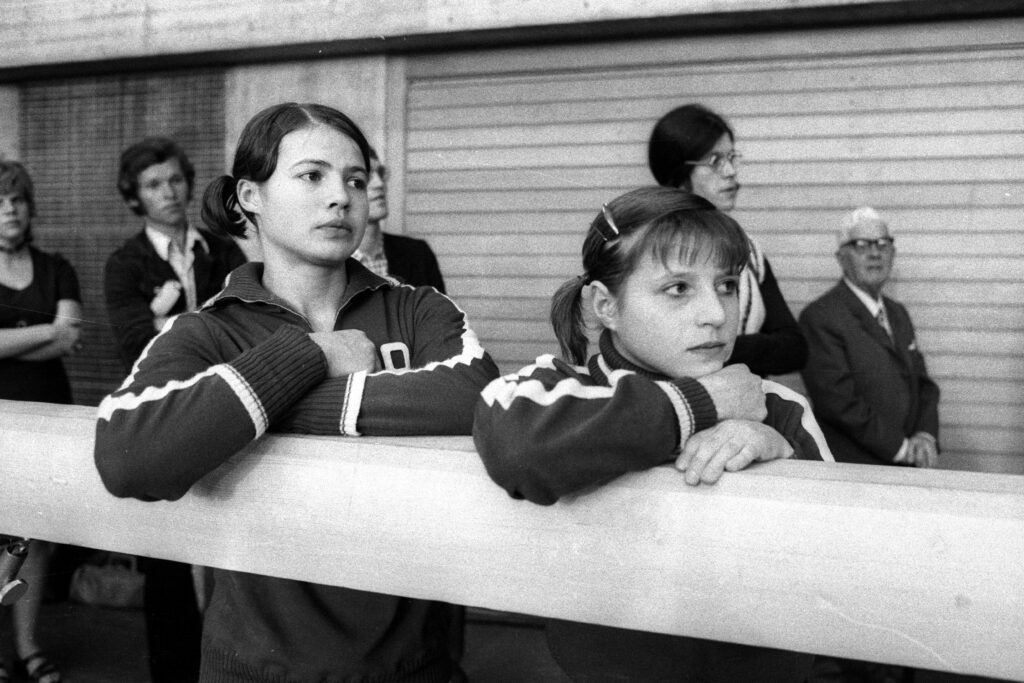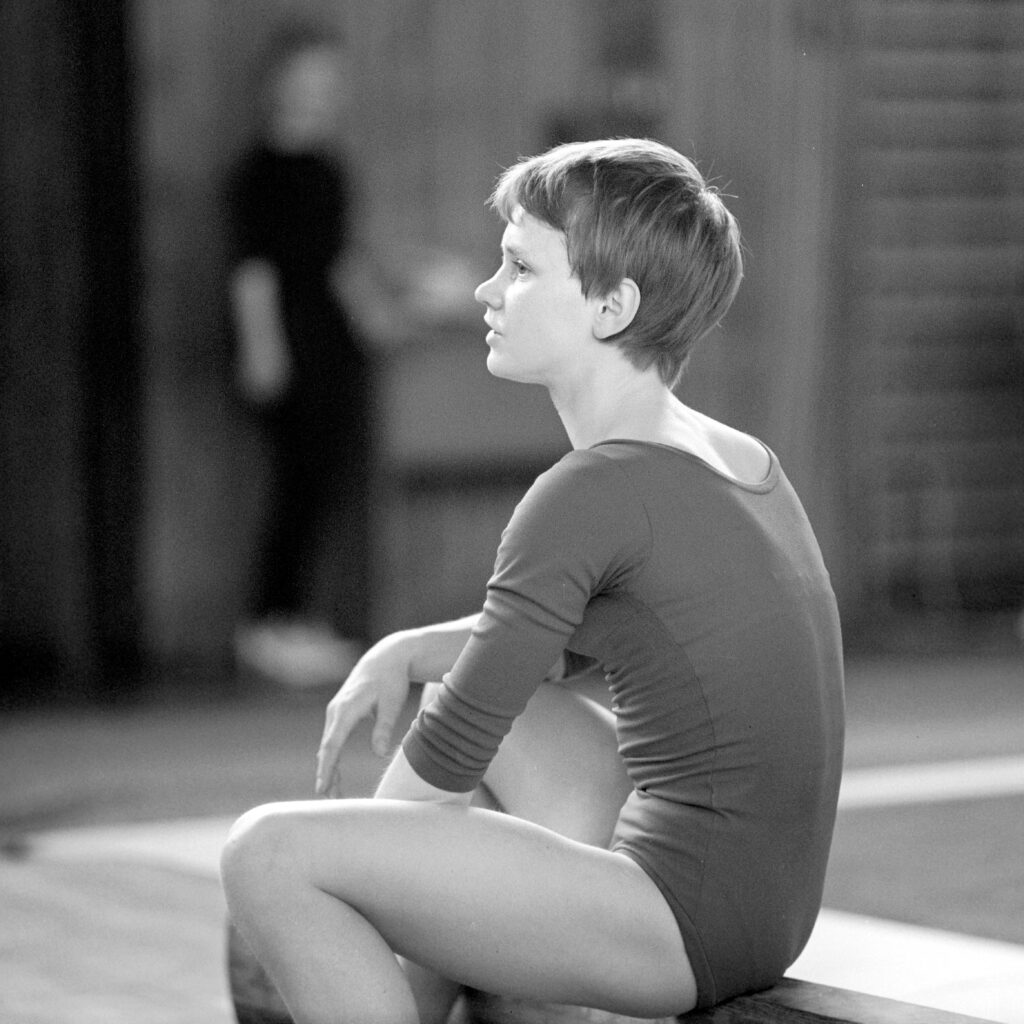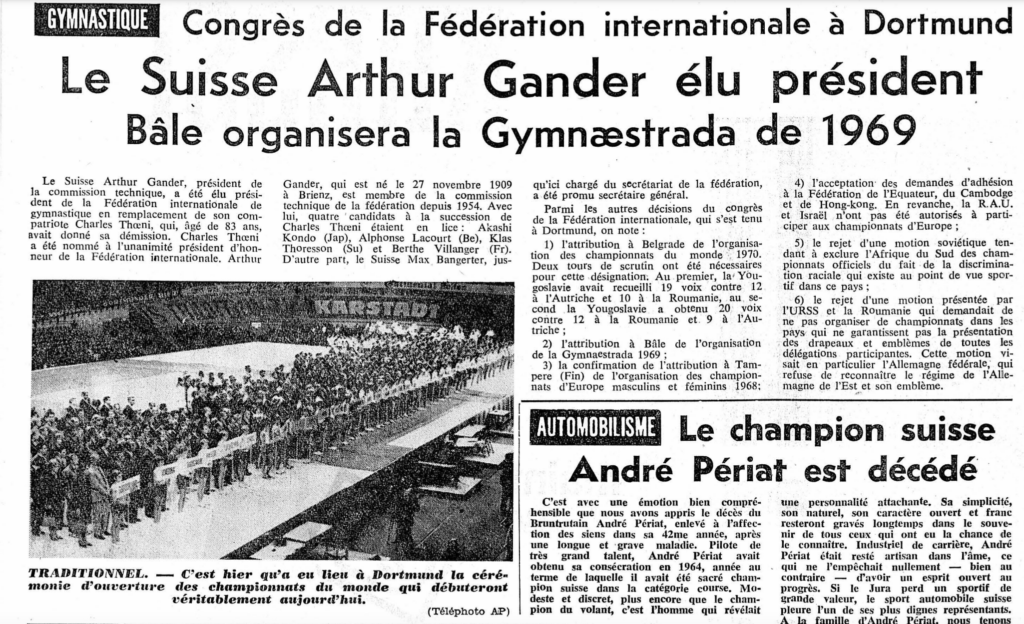In 1968, Romania didn’t send any gymnasts to the Olympic Games ostensibly out of fear of poor performance. In a column for the Romanian newspaper Sportul, Elena Leușteanu, a three-time Olympic bronze medalist in gymnastics, explained that the decision was both a “discreet gesture” and a “diplomatic tactic.”
Our non-participation in gymnastics was actually a discreet gesture and a diplomatic tactic. Discreet gesture — because, by not participating, we were acknowledging, in a way, that the value of our opponents is higher than ours and would have not suited us to make it official, especially in a competition in which a kind of opinion is developed that can be harmful for us for at least two years, if not four years, before the next Olympic competition. Diplomatic tactic — because although we have genuine assets, recognized even at the “Olympic Hope Competition,” their maturation is planned for the next 3-4 years. I think this is the reason that would suit us best and explain our intention to return to the arena of major competitions only when we have a team that can and knows how to keep and conquer new positions aimed at raising the prestige of our gymnastics.
Sportul, March 7, 1969
Neprezentarea noastră la gimnastică a fost de fapt un gest discret și o tactică diplomatică. Gest discret — pentru că prin neparticipare recunoșteam, într-un fel, că valoarea adversarilor este mai bună decît a noastră și acest lucru nu ne-ar fi convenit să-l oficializăm mai ales într-o competiție în care se formează un fel de opinie care ne poate fi dăunătoare cel puțin doi ani înainte, dacă nu patru ani, pînă la viitoarea întrecere olimpică, tactică diplomatică , pentru că deși avem valori autentice, recunoscute chiar la „Concursul speranțelor olimpice“, maturizarea lor este planificată în următorii 3—4 ani. Acesta cred că este motivul care ne-ar prinde cel mai bine și explica de fapt intenția de a reveni în arena marilor concursuri numai atunci cînd vom avea o echipă care să poată și să știe a păstra și cuceri noi poziții menite să ridice prestigiul gimnasticii noastre.
At the 1969 European Championships, the Romanian gymnasts did, in fact, conquer “new positions” — at least compared to recent history. Rodica Apăteanu finished eighth, and Felicia Dornea, the youngest competitor in the competition, finished twelfth. Their finishes were a marked improvement over the 1967 Europeans, where the top Romanian gymnast — Elena Ceampelea — finished seventeenth.
The Romanian press struck an optimistic note after the 1969 Women’s European Championships, calling the gymnasts’ performances a “good omen” for the future. At the same time, there was a bit of blunt criticism, as we will see in the column below.
So what? Why does this matter? It’s important to take the temperature in 1969 so that we can track the rise of Romanian women’s gymnastics from no participation in 1968 to team silver in 1976.
